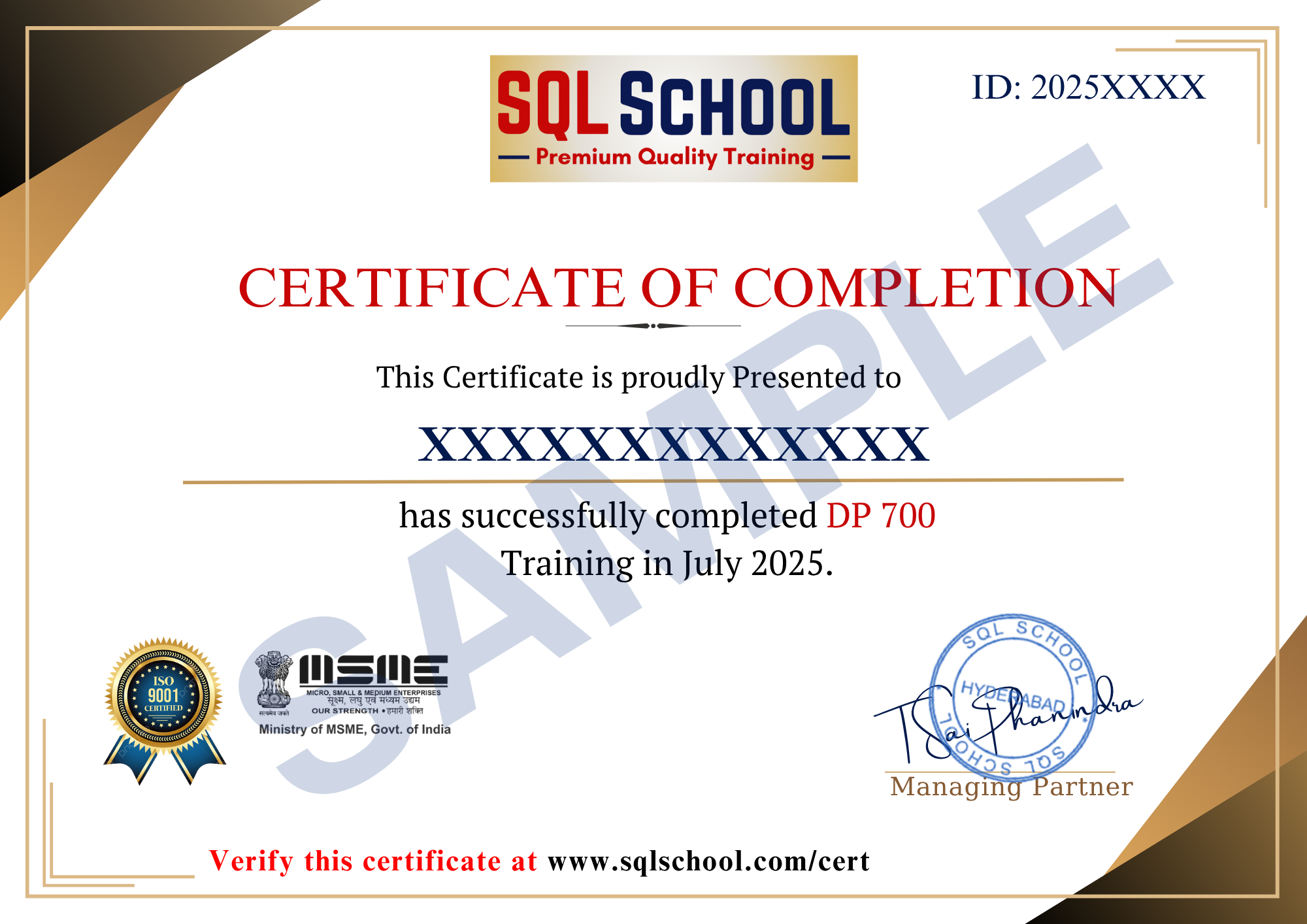Freshers targeting careers in cloud data analytics
SQL and BI professionals moving to Azure data analytics
ETL developers expanding to cloud data solutions
Data analysts aiming for DP-700 certification
Anyone interested in building end-to-end data solutions on Azure
No prior coding experience is required. All concepts are taught from scratch



















